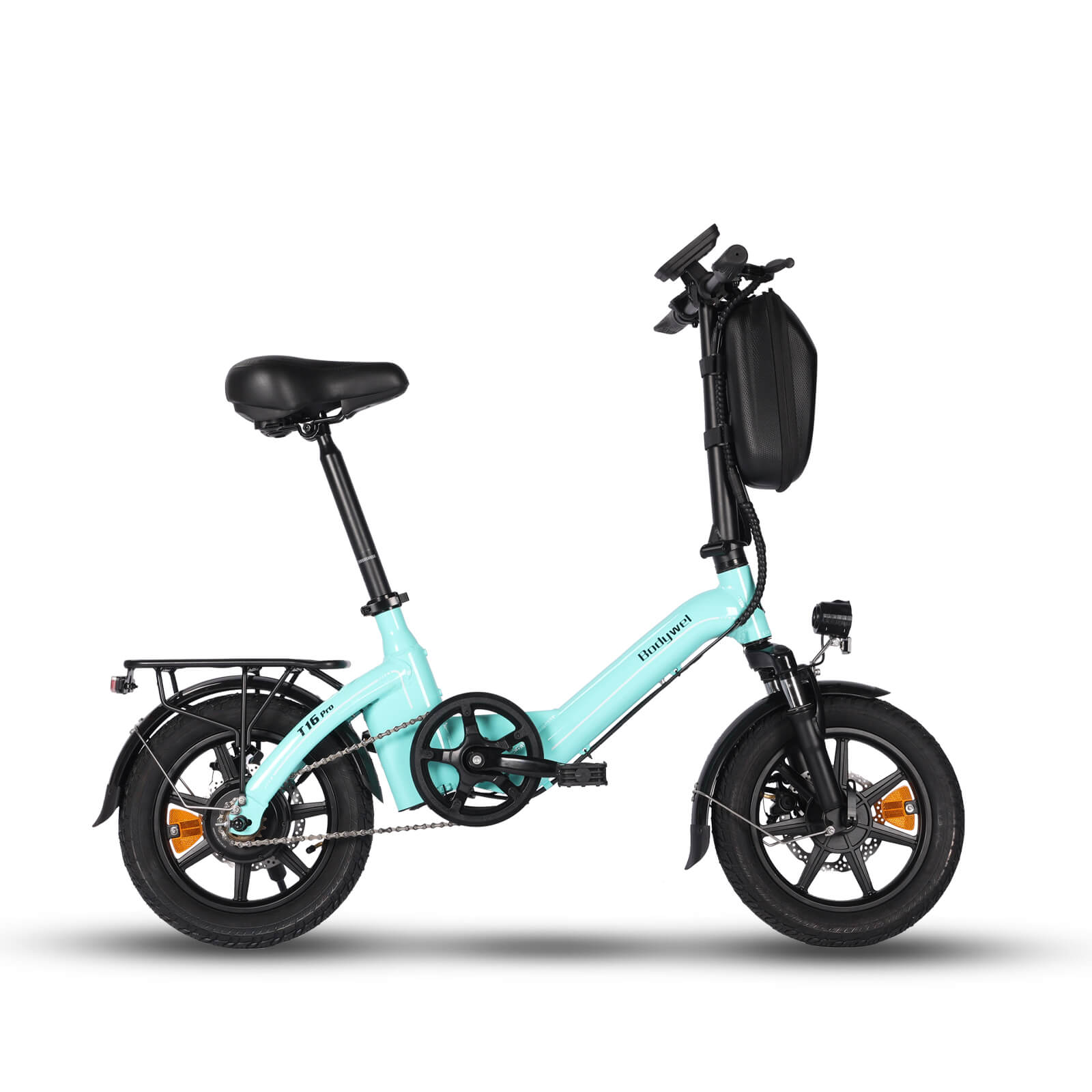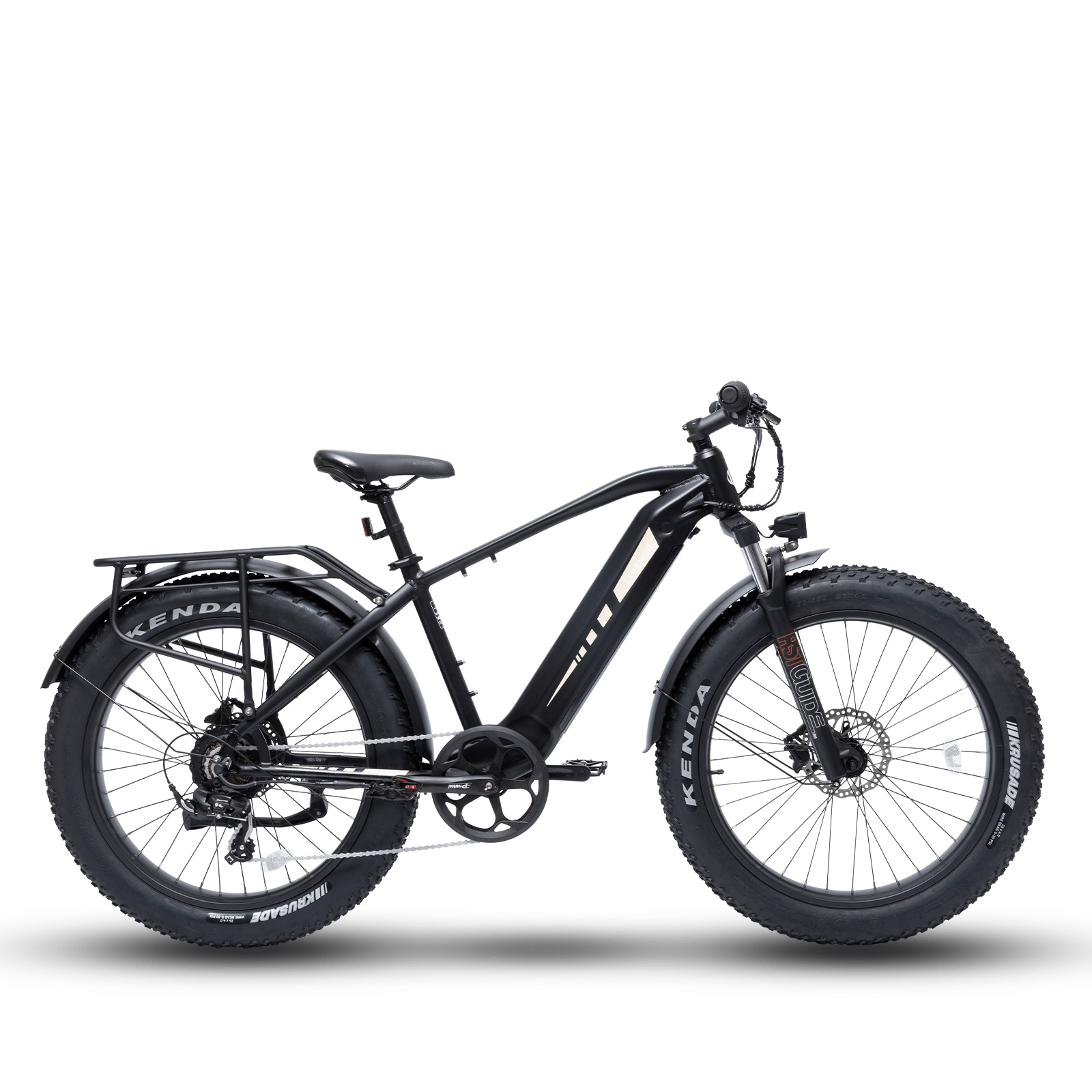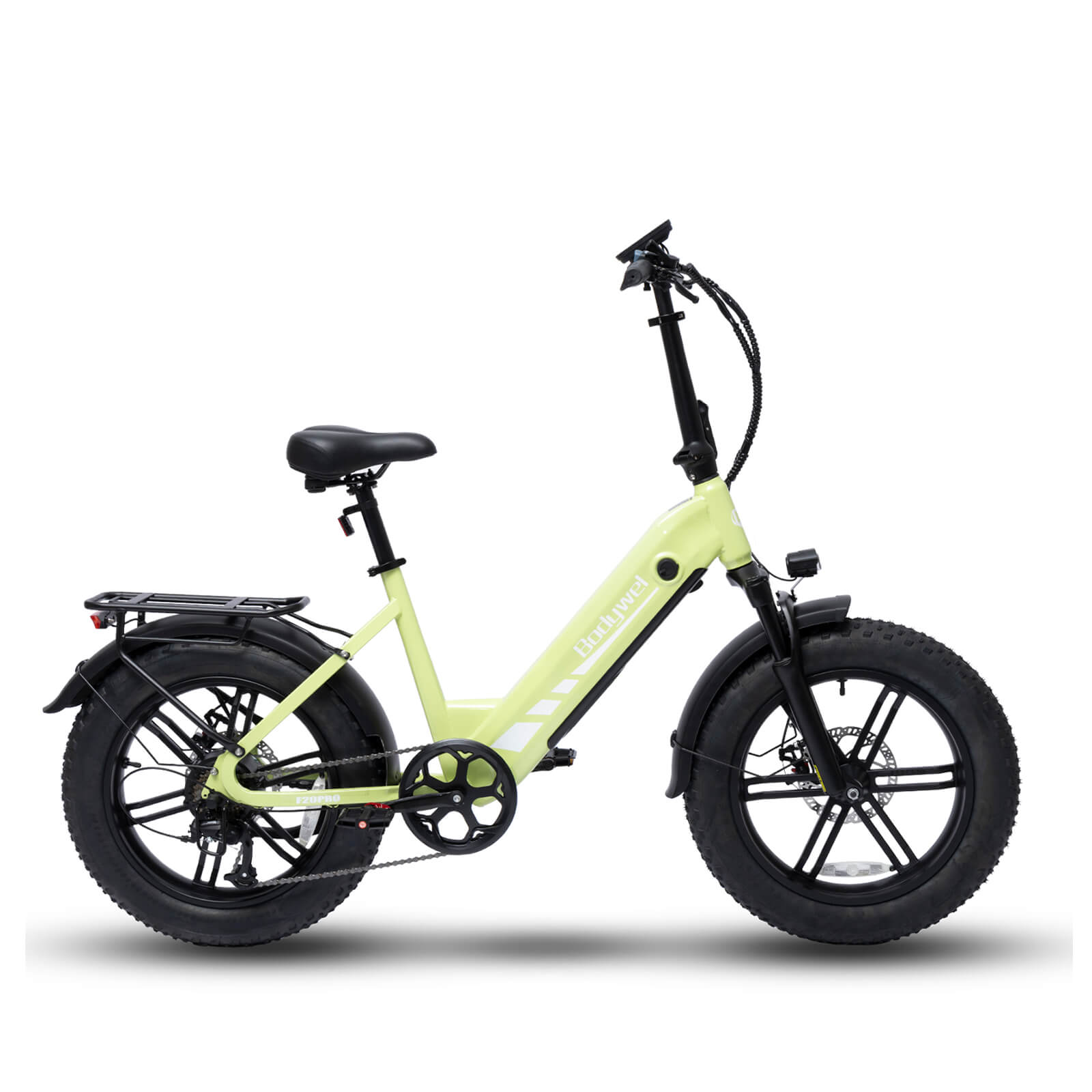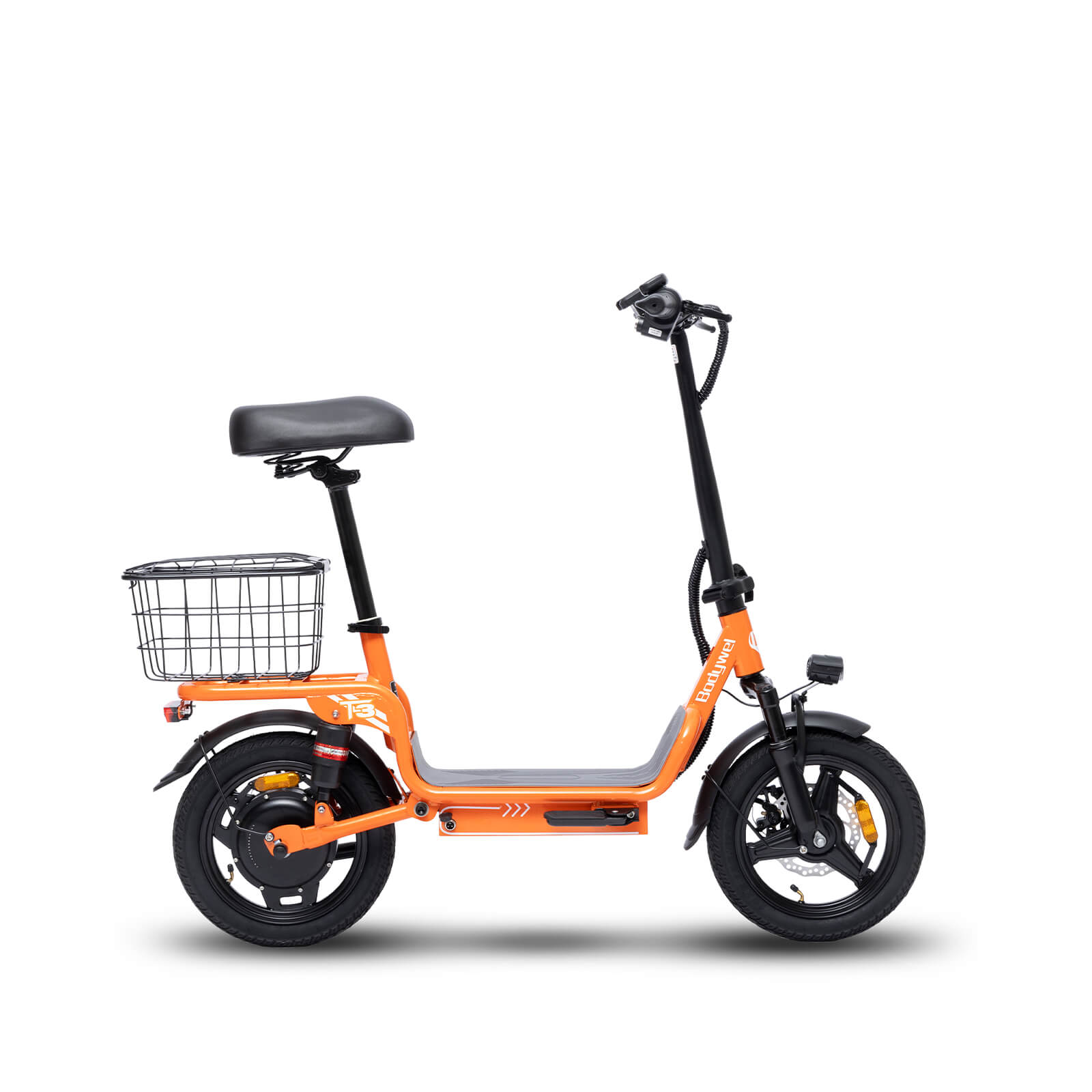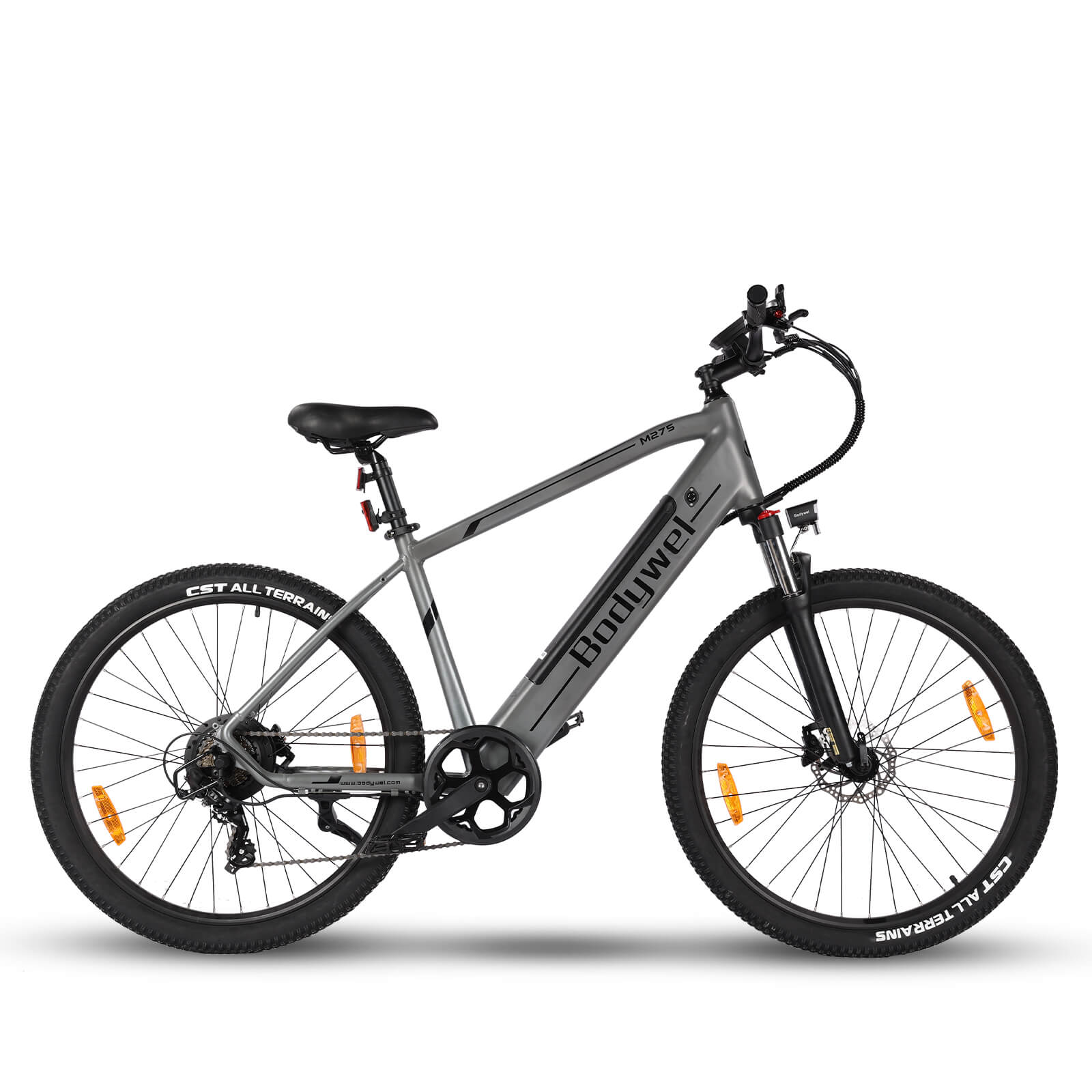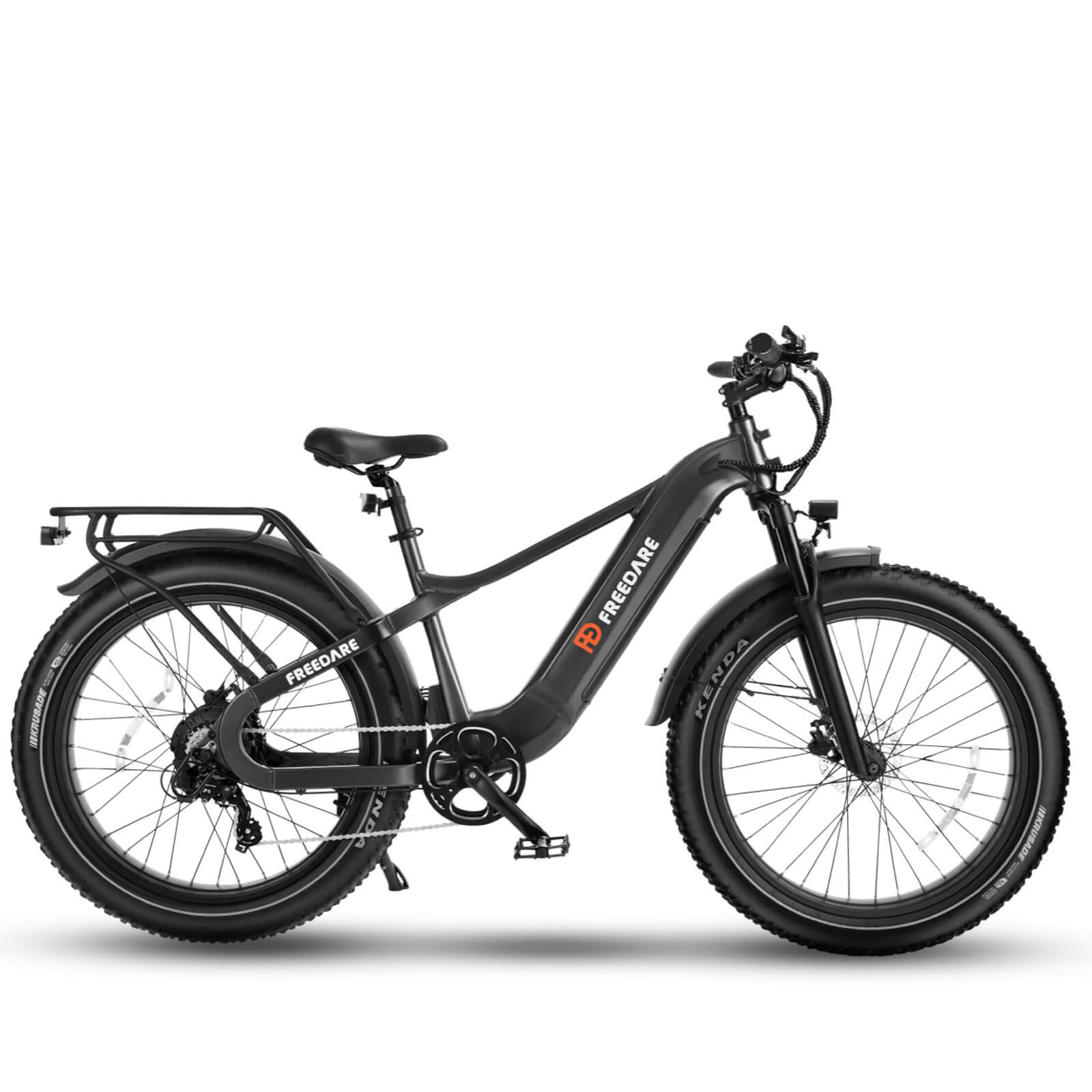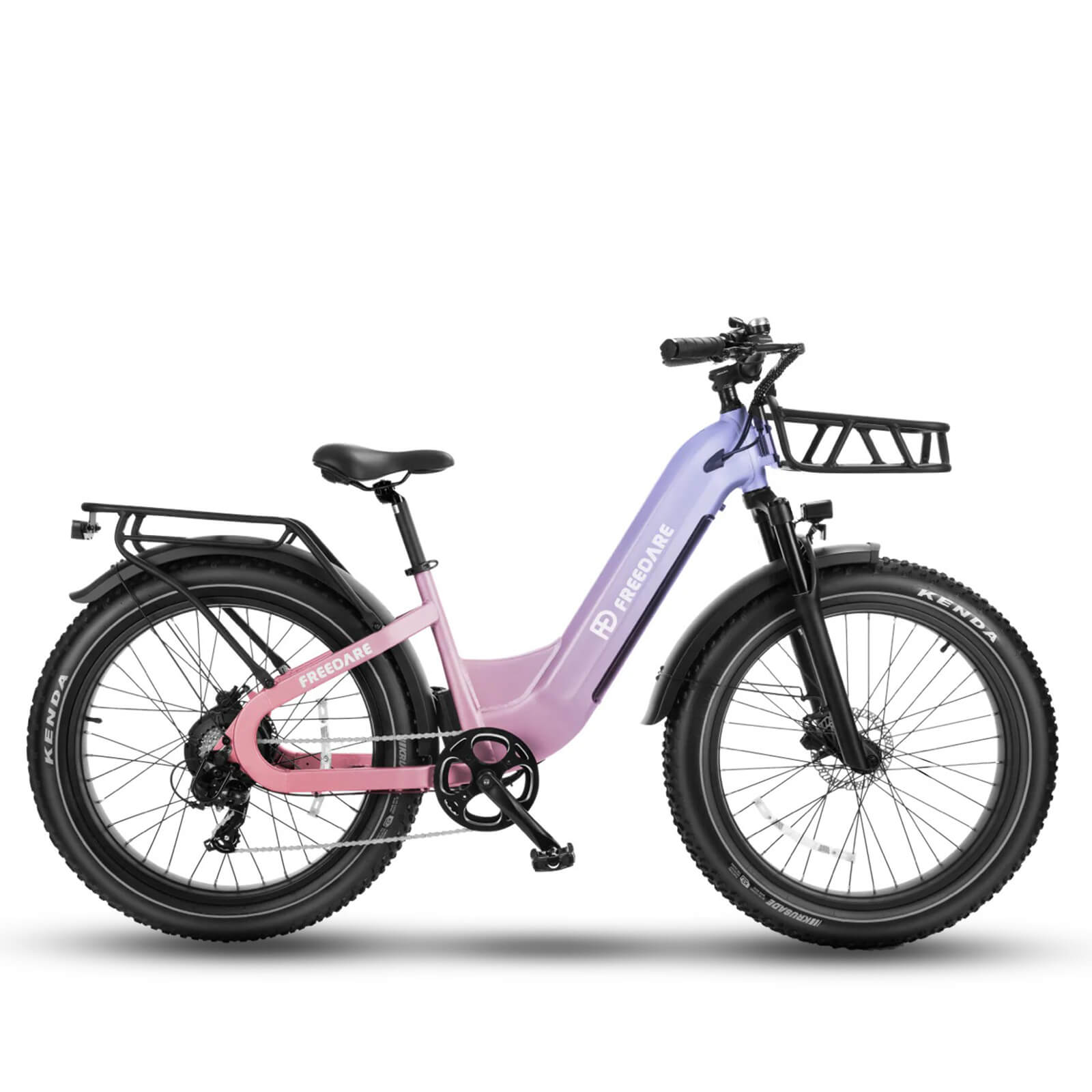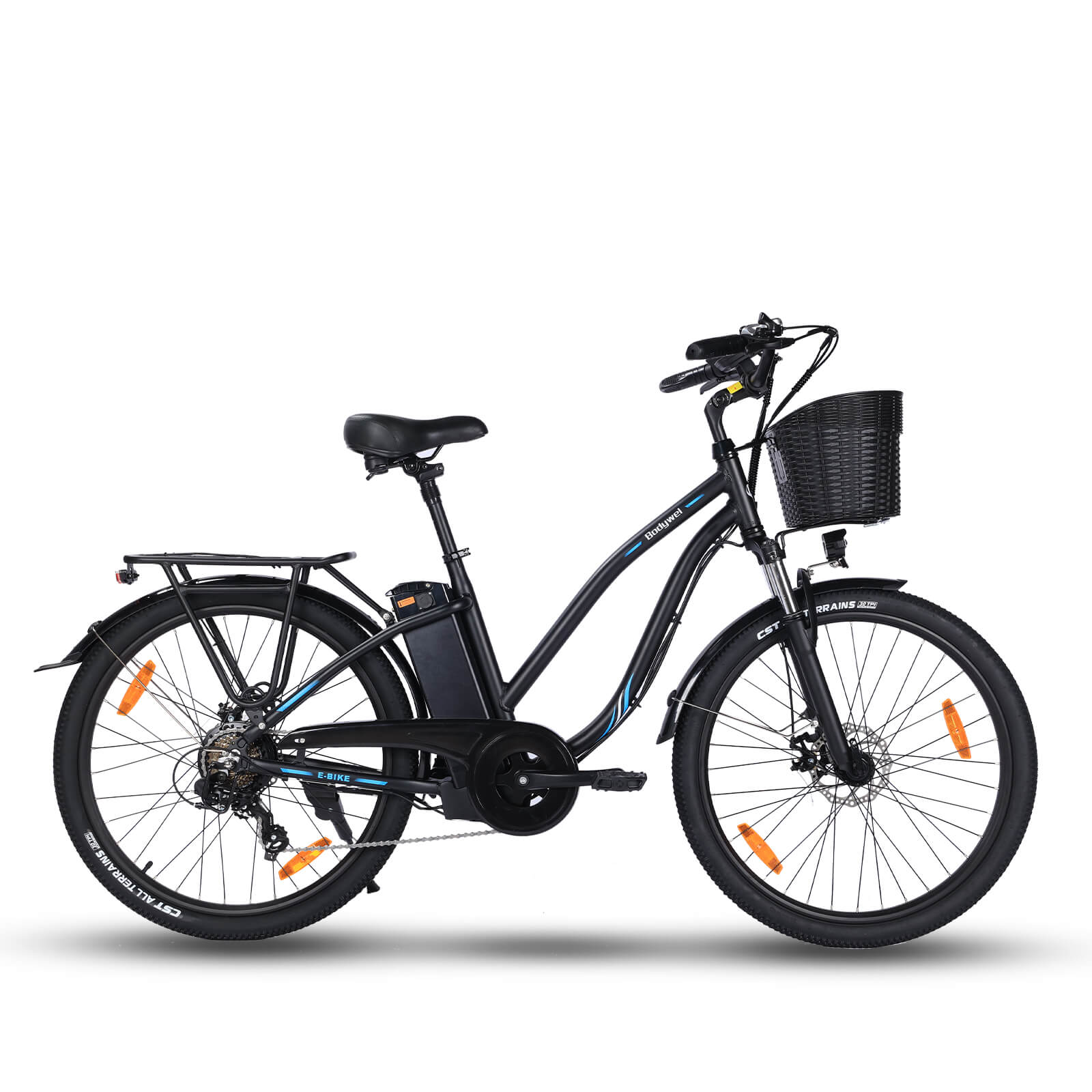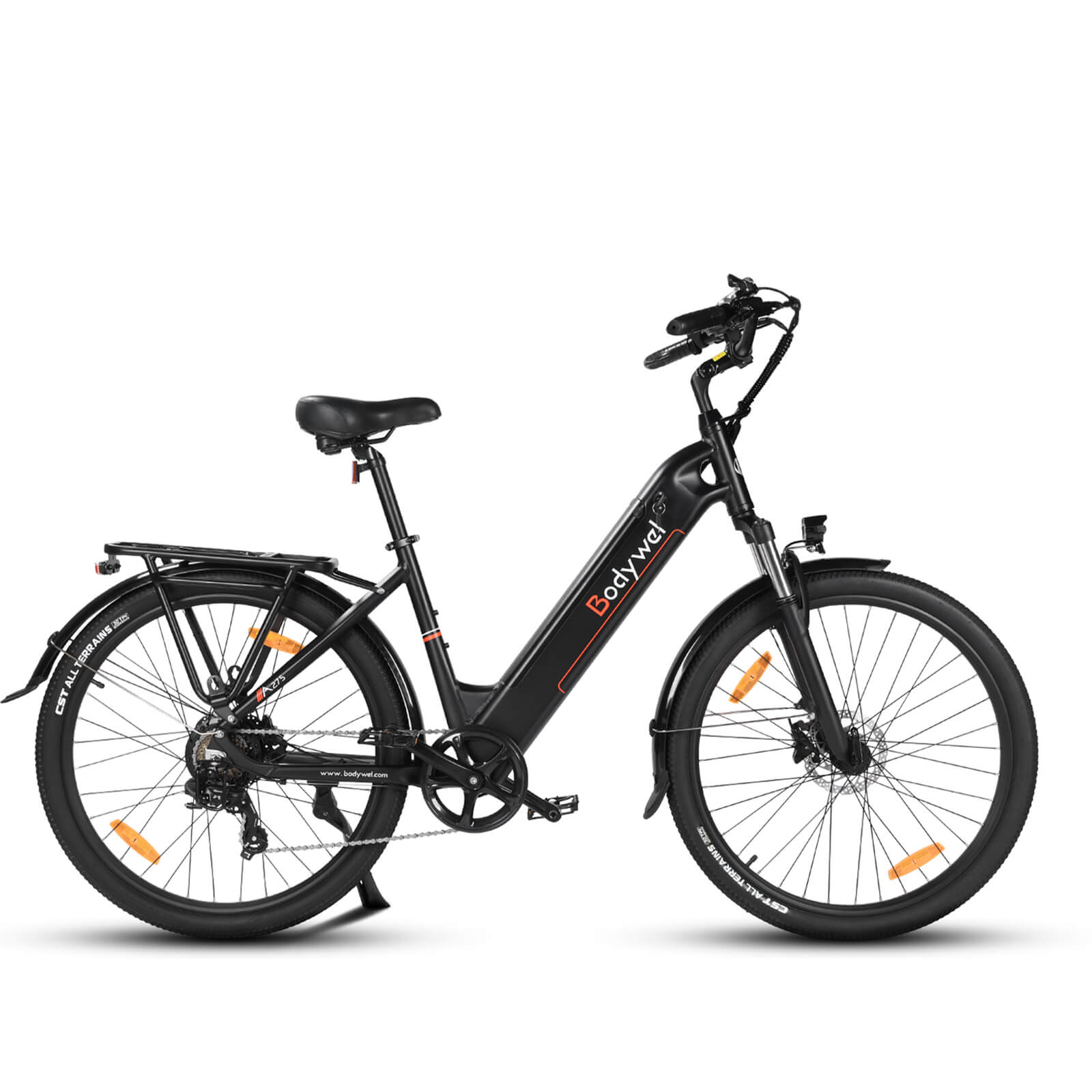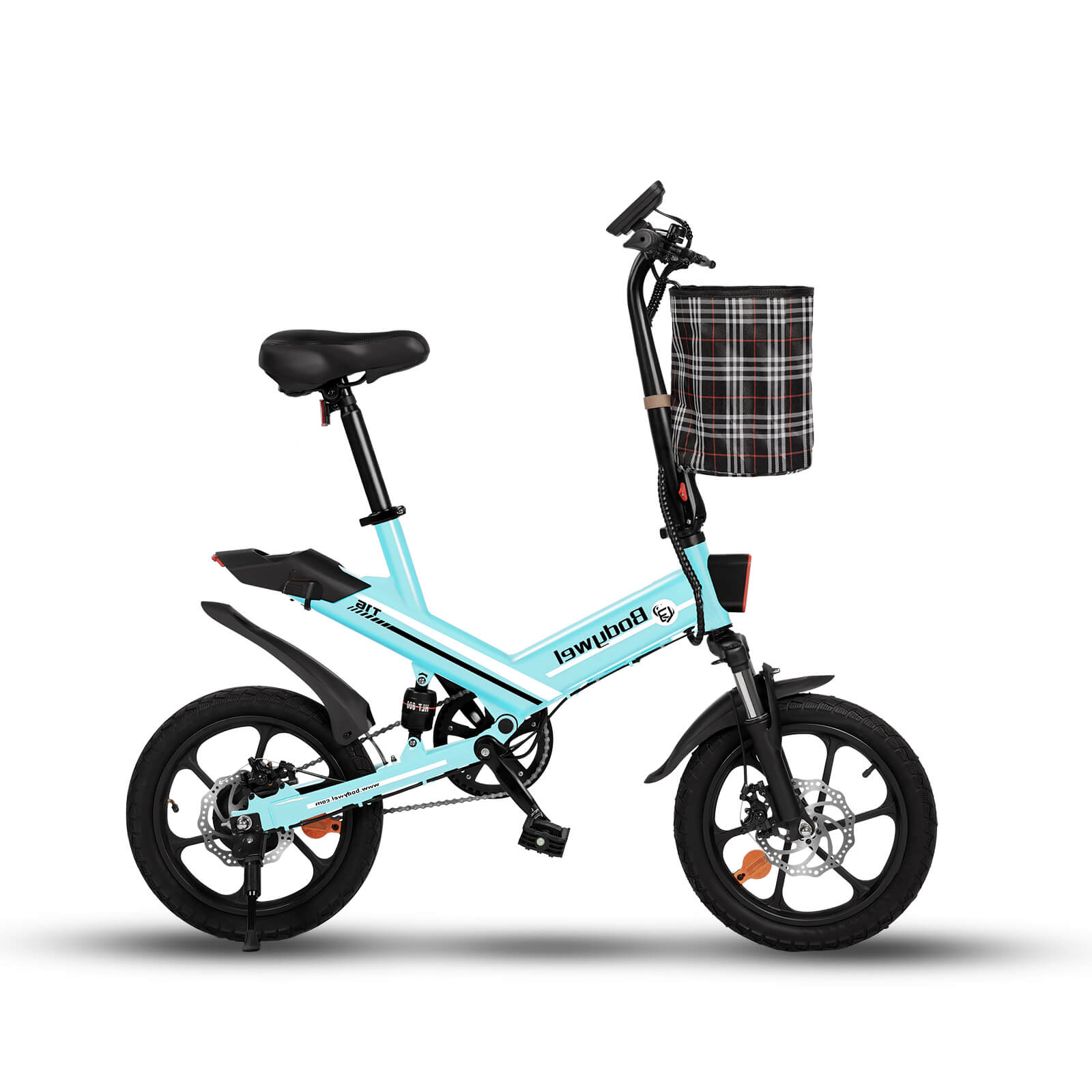How Fast Can E-Bikes Go? Unlocking Speed Secrets & Limits

E-bike speeds vary widely based on class, motor power, and local regulations. Most standard models assist up to 20 mph, while some high-performance e-bikes can reach 28 mph or more. Understanding these limits helps riders choose wisely and stay legal.
Understanding E-Bike Speed Capabilities and Regulations
If you’ve ever wondered, "How fast do electric bikes go?", you’re not alone! It’s one of the most common questions new riders ask. Generally, most e-bikes you’ll find are designed to provide pedal assistance up to around 20 mph (32 km/h), which is a comfortable and efficient speed for commuting or leisure rides. However, some models, often called speed pedelecs, can support speeds up to 28 mph (45 km/h) or even higher, though these may be subject to stricter regulations. It’s important to remember that legal limits for e-bike velocity vary by region—always check your local laws to stay compliant and safe.
Key Factors That Influence E-Bike Speed
Several elements determine just how zippy your e-bike can be. Let’s break them down so you know what to look for—or what might be holding you back!
Motor Power and Battery Performance
The motor is the heart of your e-bike’s speed. Motors are rated in watts, and higher wattage often means more power. For example, a 250W motor is common and helps achieve standard speeds, while a 750W or even 1000W motor can push an electric bicycle top speed much higher. But it’s not just about raw power—the battery matters too! A high-capacity battery sustains power output longer, preventing slowdowns as you ride. Think of it like this: even a strong motor can’t perform well with a weak battery. So if you’re curious about e-bike maximum speed, always consider both motor and battery specs together.
Rider Input and Terrain Impact
Your own effort plays a big role! E-bikes are designed to assist your pedaling, not replace it entirely. On flat ground, you might easily hit top speed, but uphill or against the wind, you’ll notice the difference. Total weight—including rider and cargo—also affects acceleration and e-bike pace. I’ve found that keeping tires properly inflated and the bike well-maintained makes a noticeable difference in achieving a smoother, faster ride.
How to Maximize Your E-Bike’s Speed Safely
Want to get the most out of your ride without breaking rules or risking safety? First, choose the right e-bike for your needs—if speed is a priority, look for Class 3 models, which allow higher assisted speeds. Always wear a helmet and use appropriate safety gear, especially at higher velocities. Simple habits like pedaling consistently and using lower assist modes on flats can help conserve battery for when you really need a boost. And remember, obeying local e-bike speed regulations isn’t just about legality; it’s about respecting other road users and ensuring everyone stays safe.
Common Misconceptions About E-Bike Speed
Let’s clear up a few myths! One big misunderstanding is that all e-bikes are super fast—actually, most are limited for safety reasons. Another is that modifying your e-bike to go faster is a good idea; tampering with the motor or controller can void warranties, make the bike illegal, and even create safety hazards. Also, some folks think electric bike velocity isn’t affected by weather, but just like regular bikes, wind resistance and surface conditions play a huge role. So enjoy the ride, but keep it realistic and legal!
Conclusion: Ride Smart, Ride Safe
So, how fast can an e-bike go? As we’ve seen, it depends on class, motor, laws, and how you ride. Whether you’re cruising at a relaxed pace or pushing legal limits, the key is to enjoy the journey responsibly. Always prioritize safety, follow local guidelines, and choose an e-bike that matches your lifestyle. Happy riding!
- Tags: e-bike classes e-bike performance e-bike speed limits electric bike speed how fast can e bikes go
0 Kommentare




